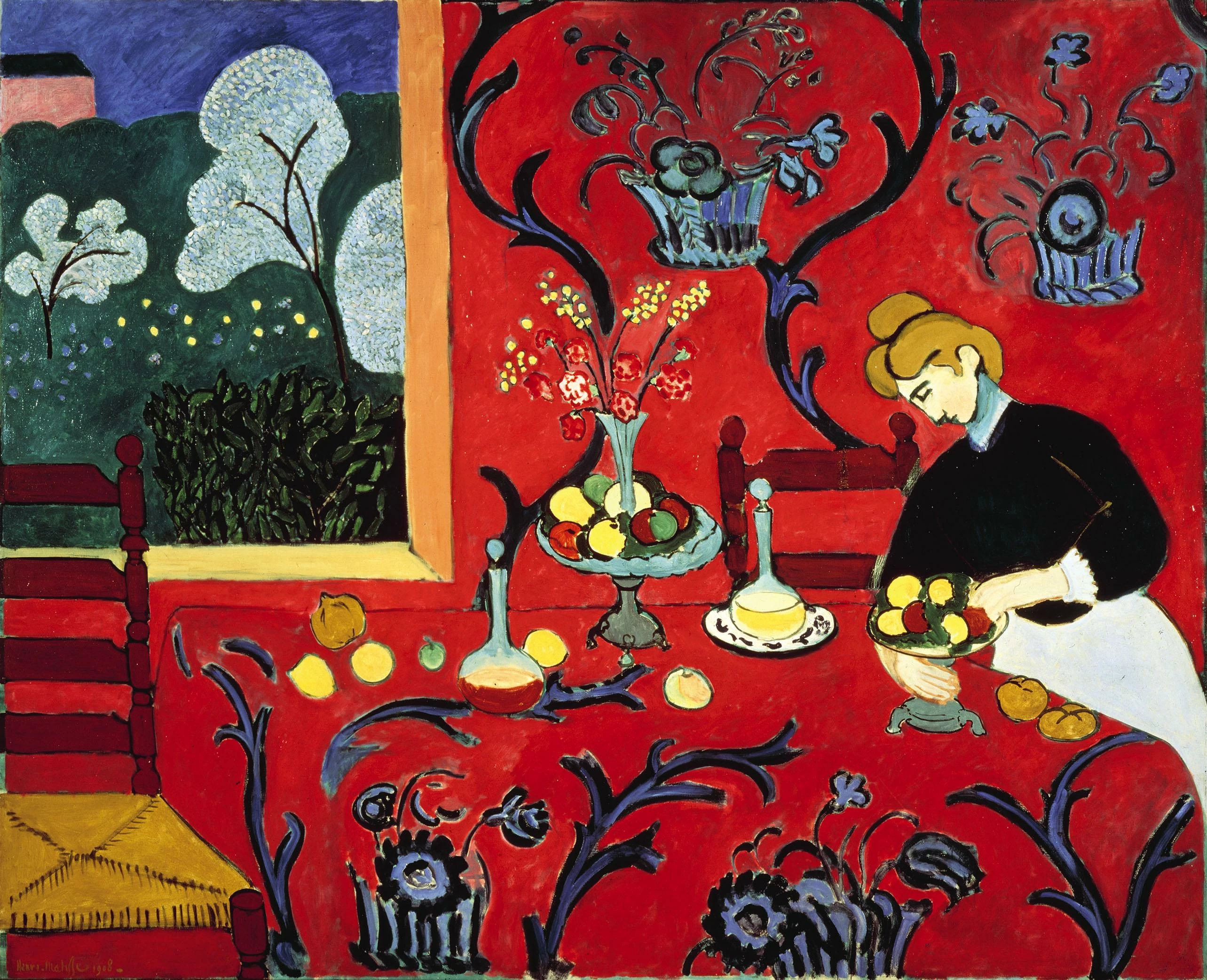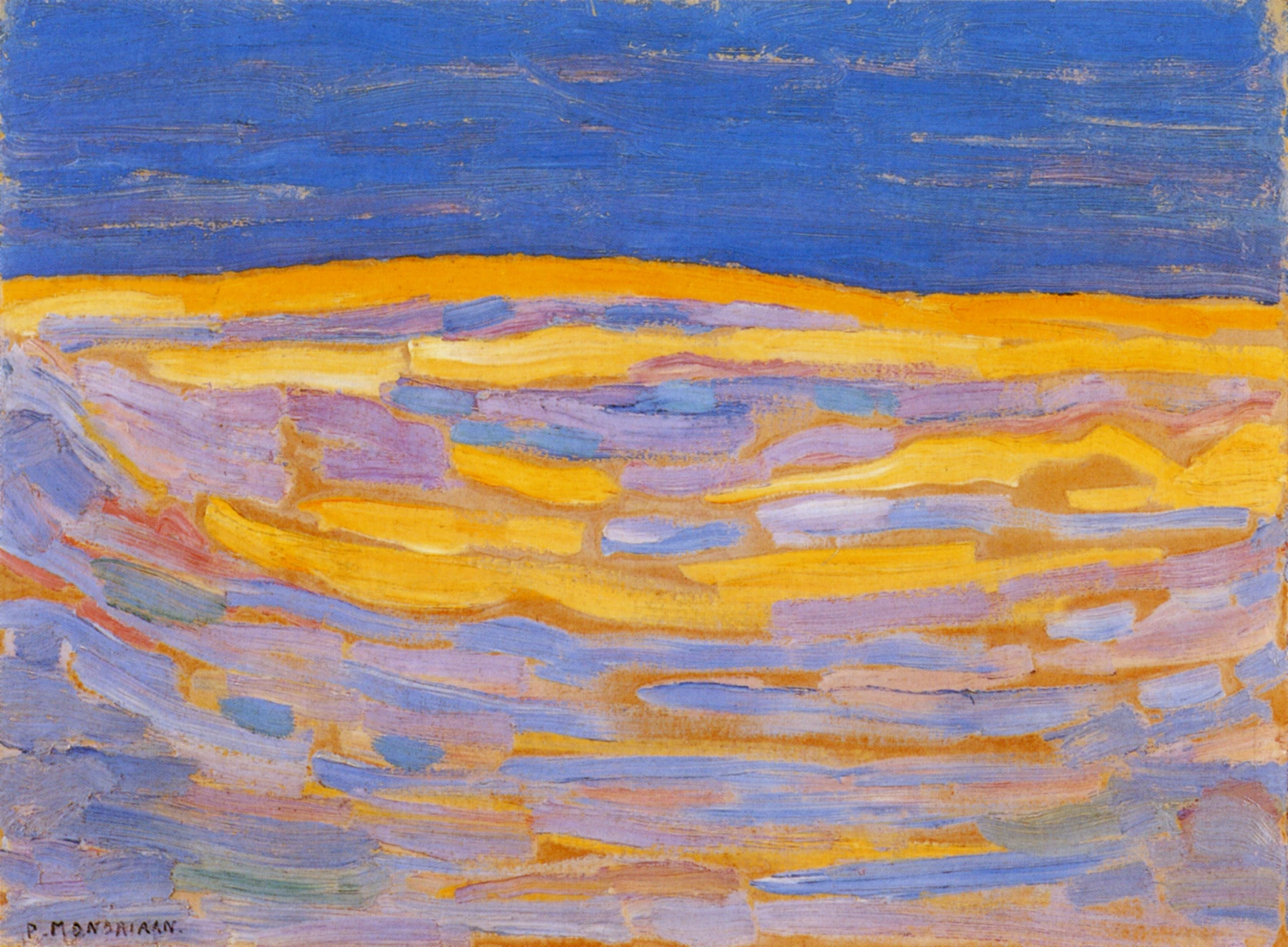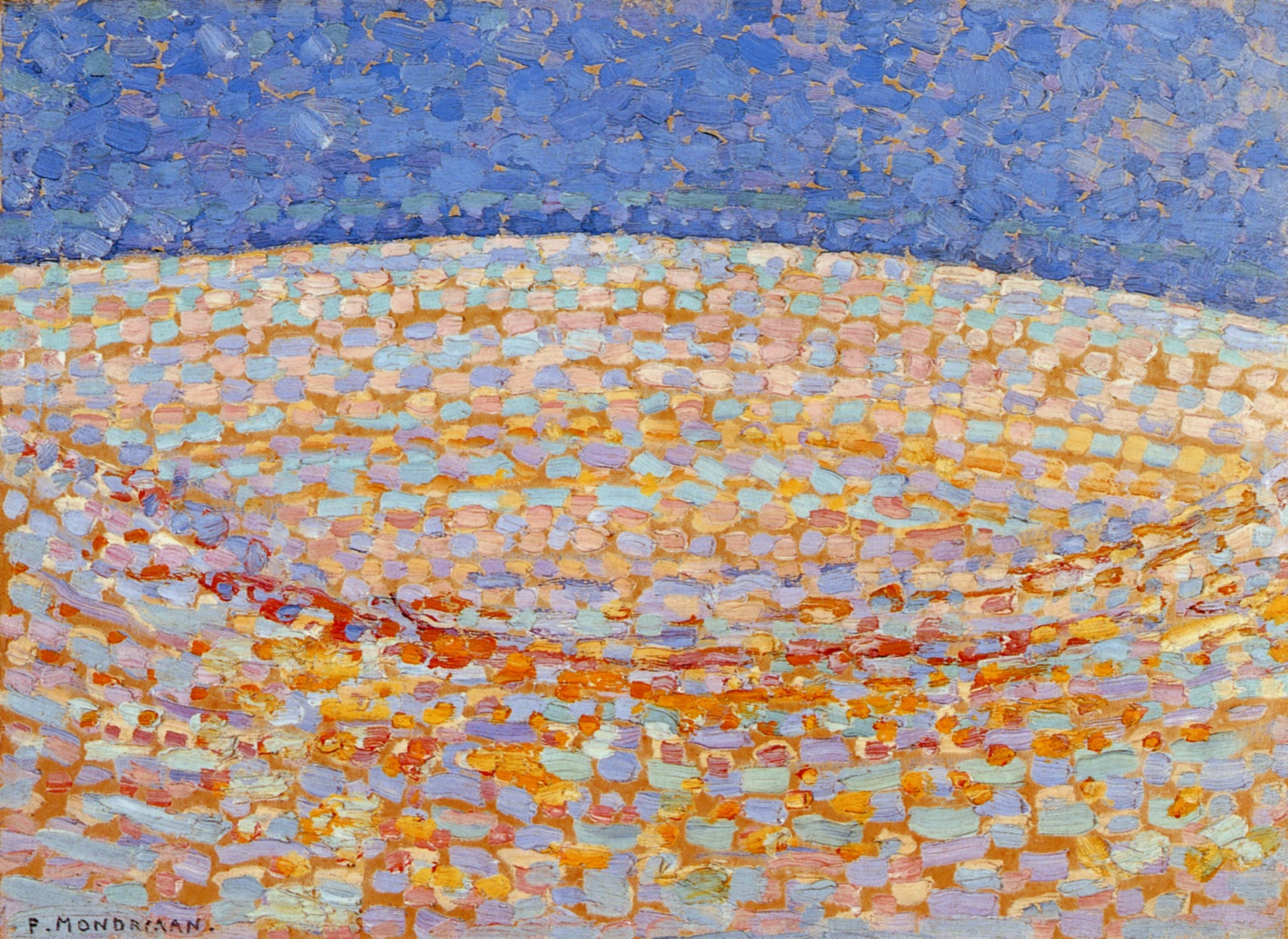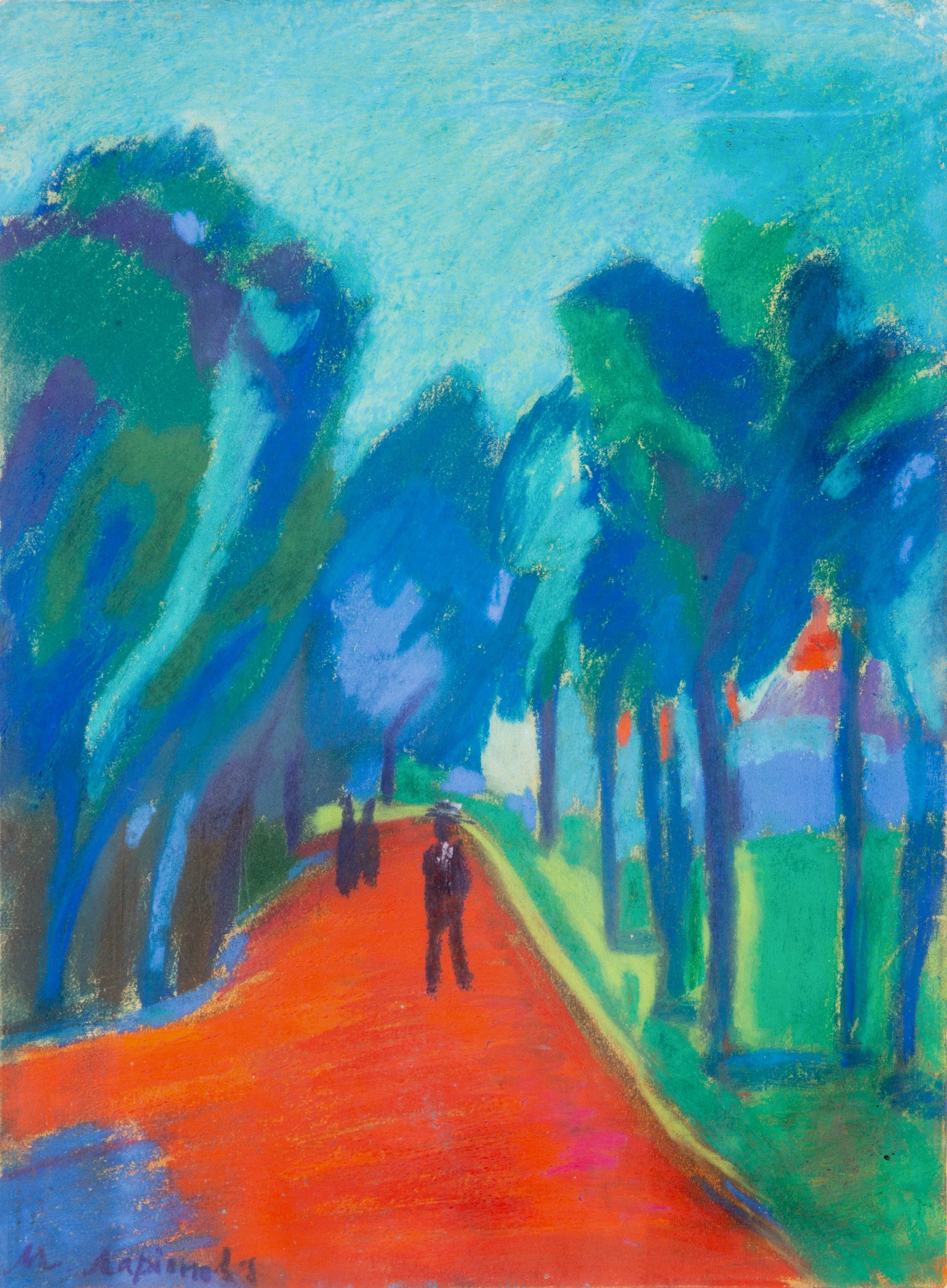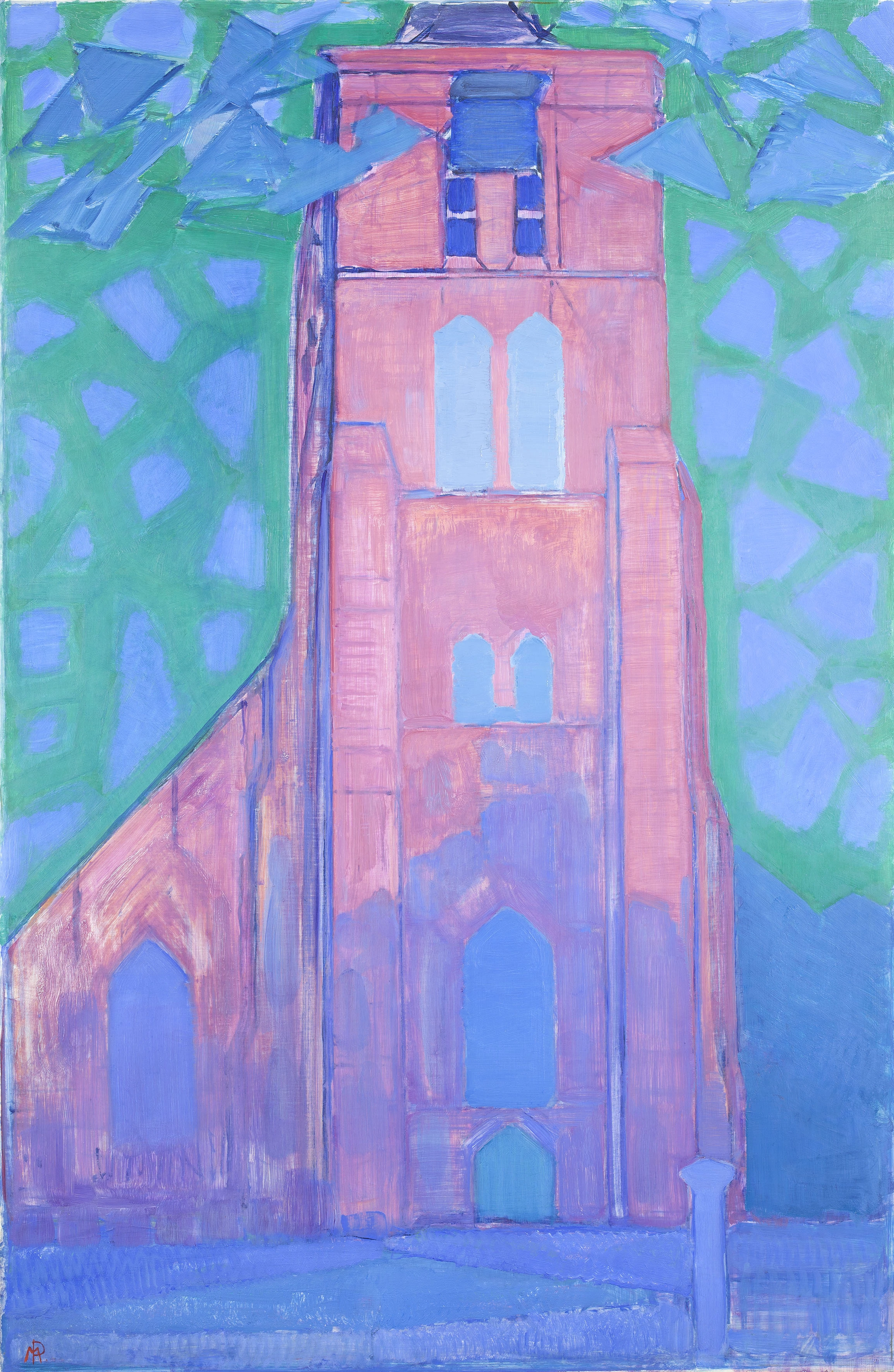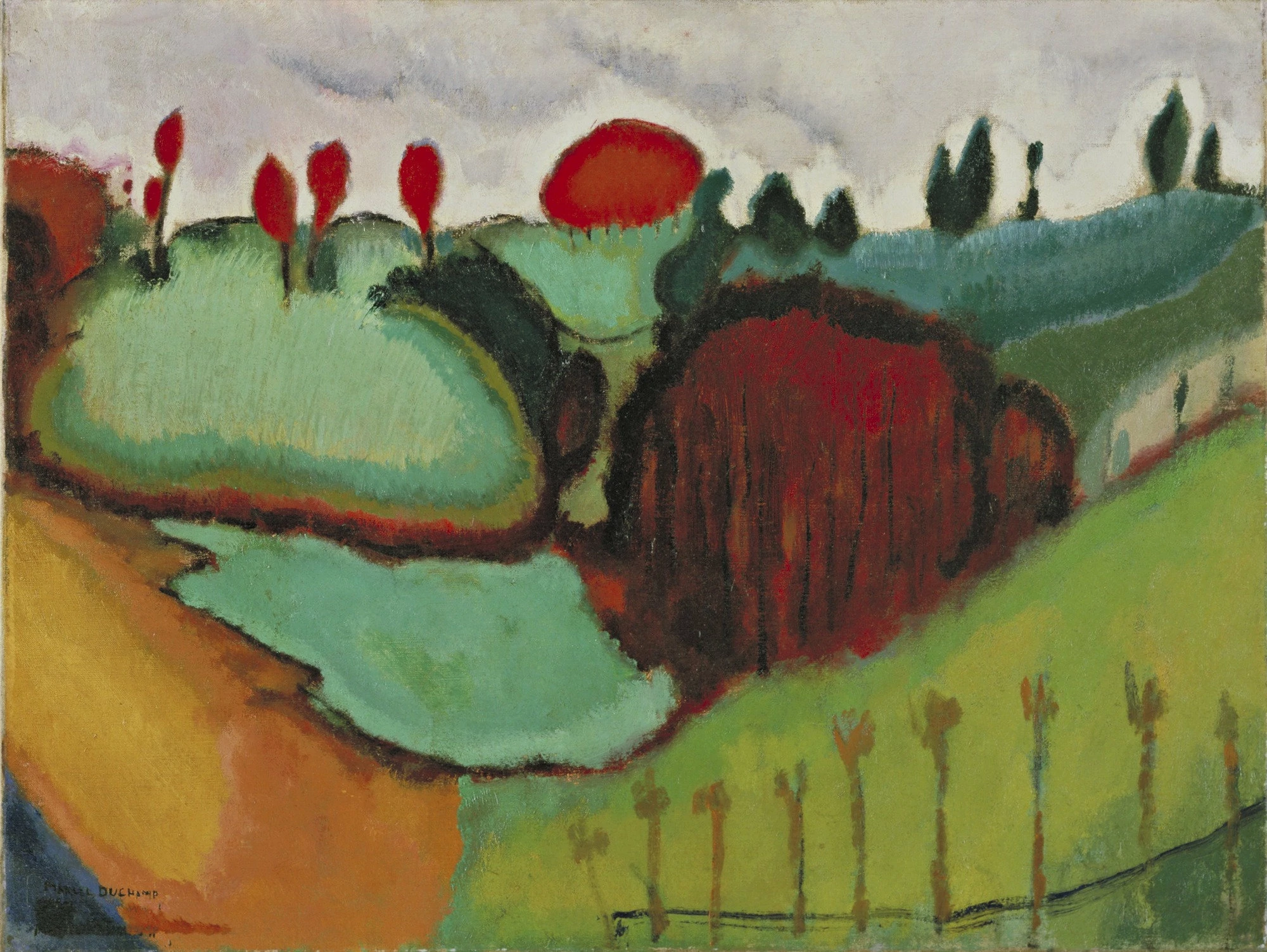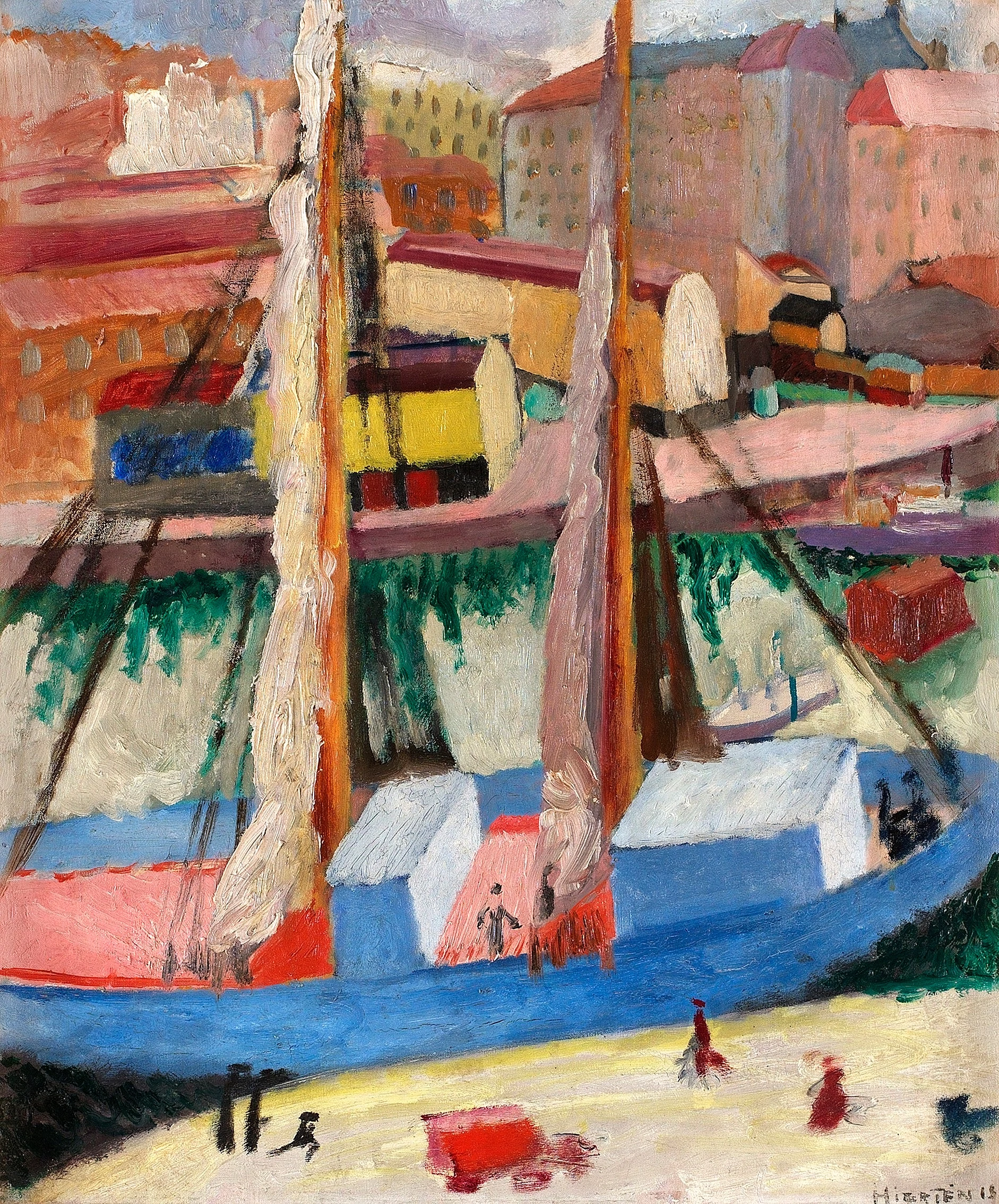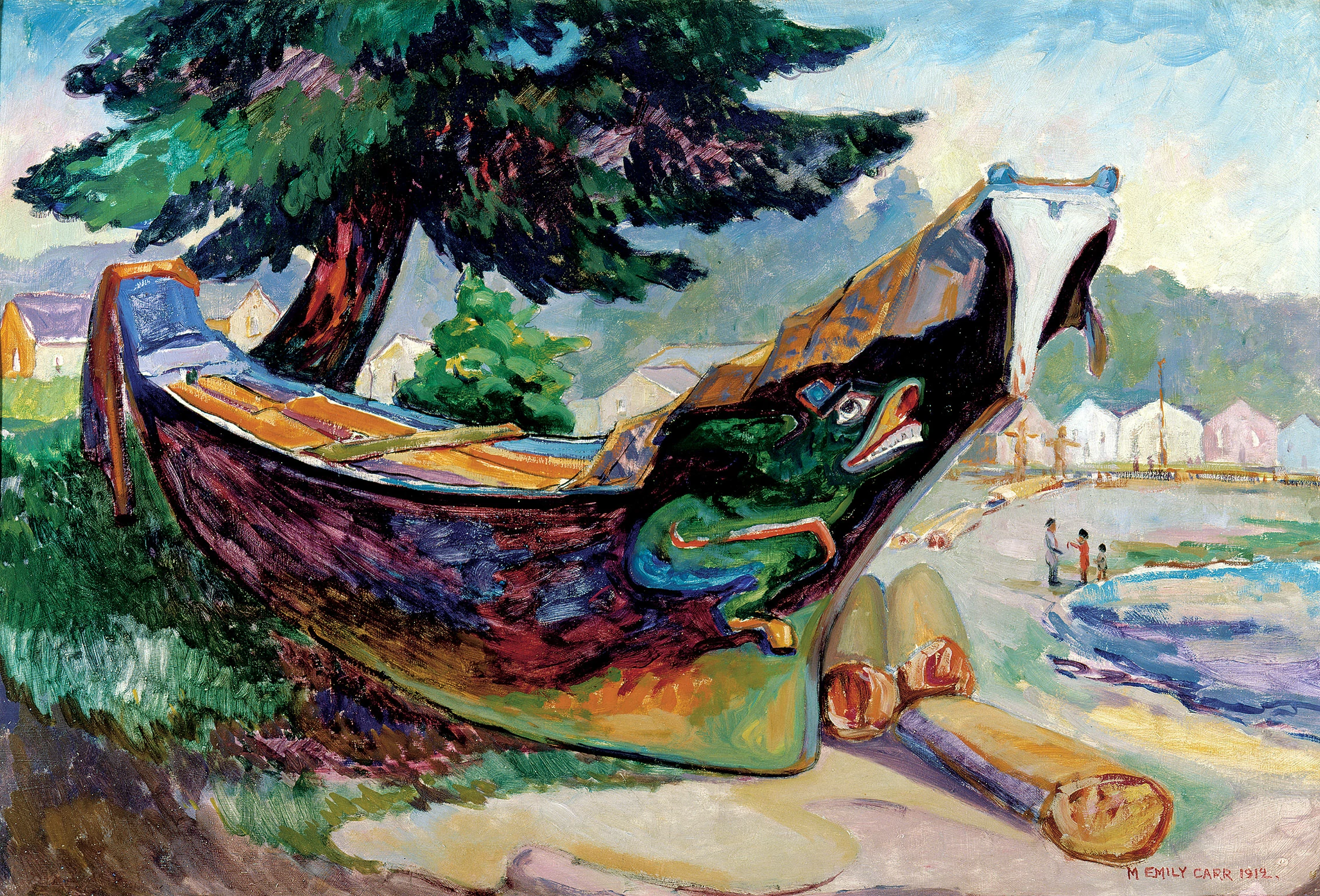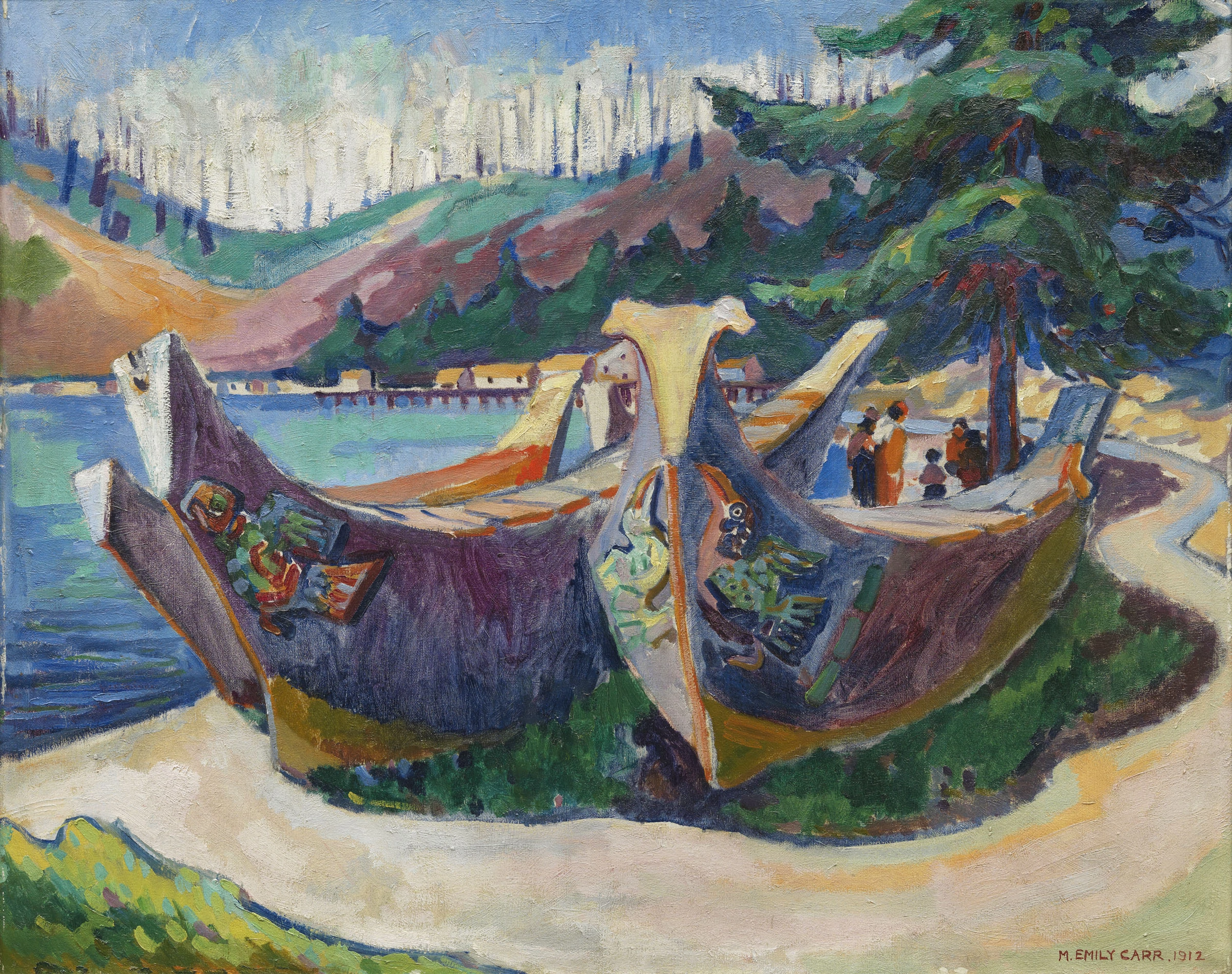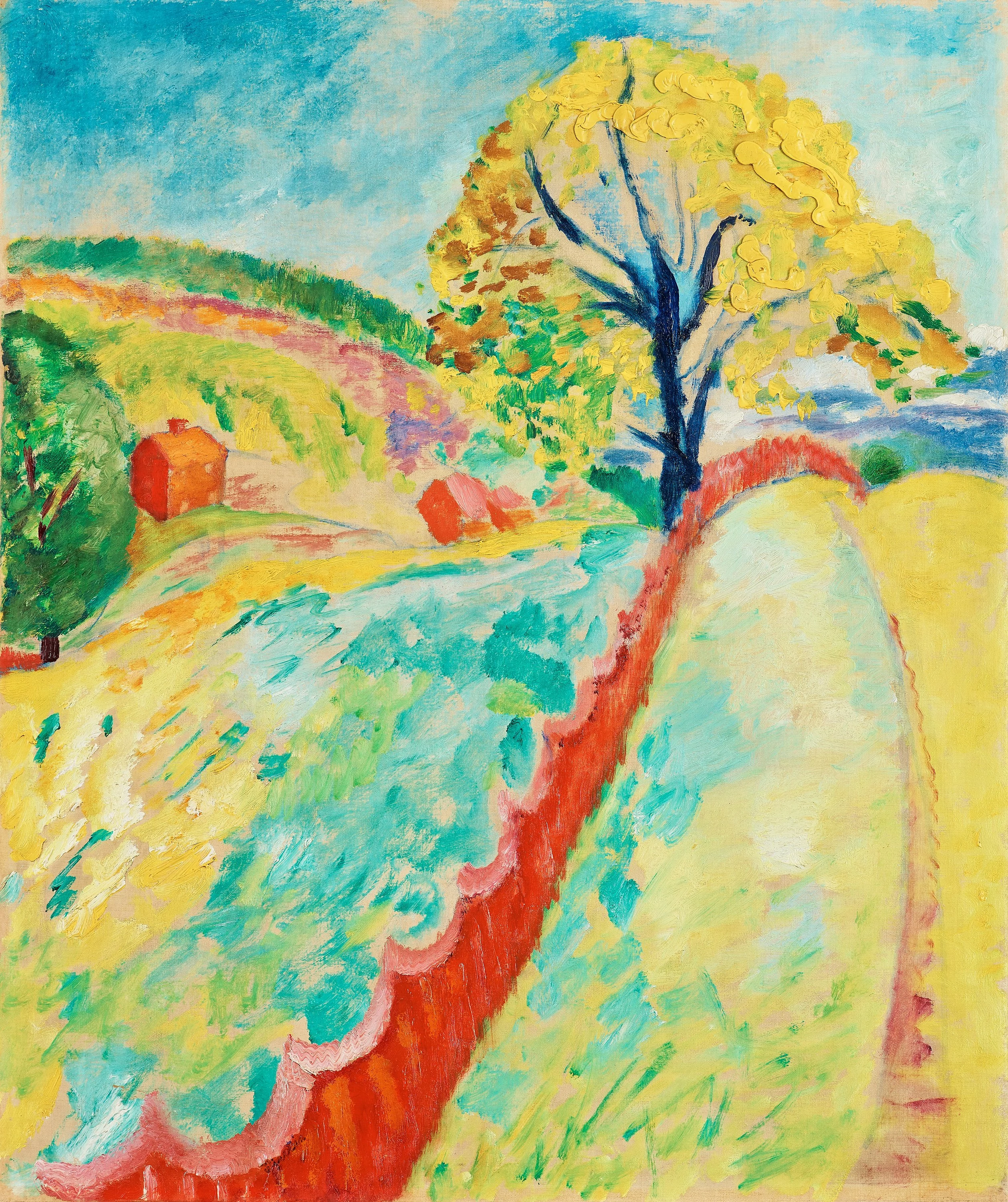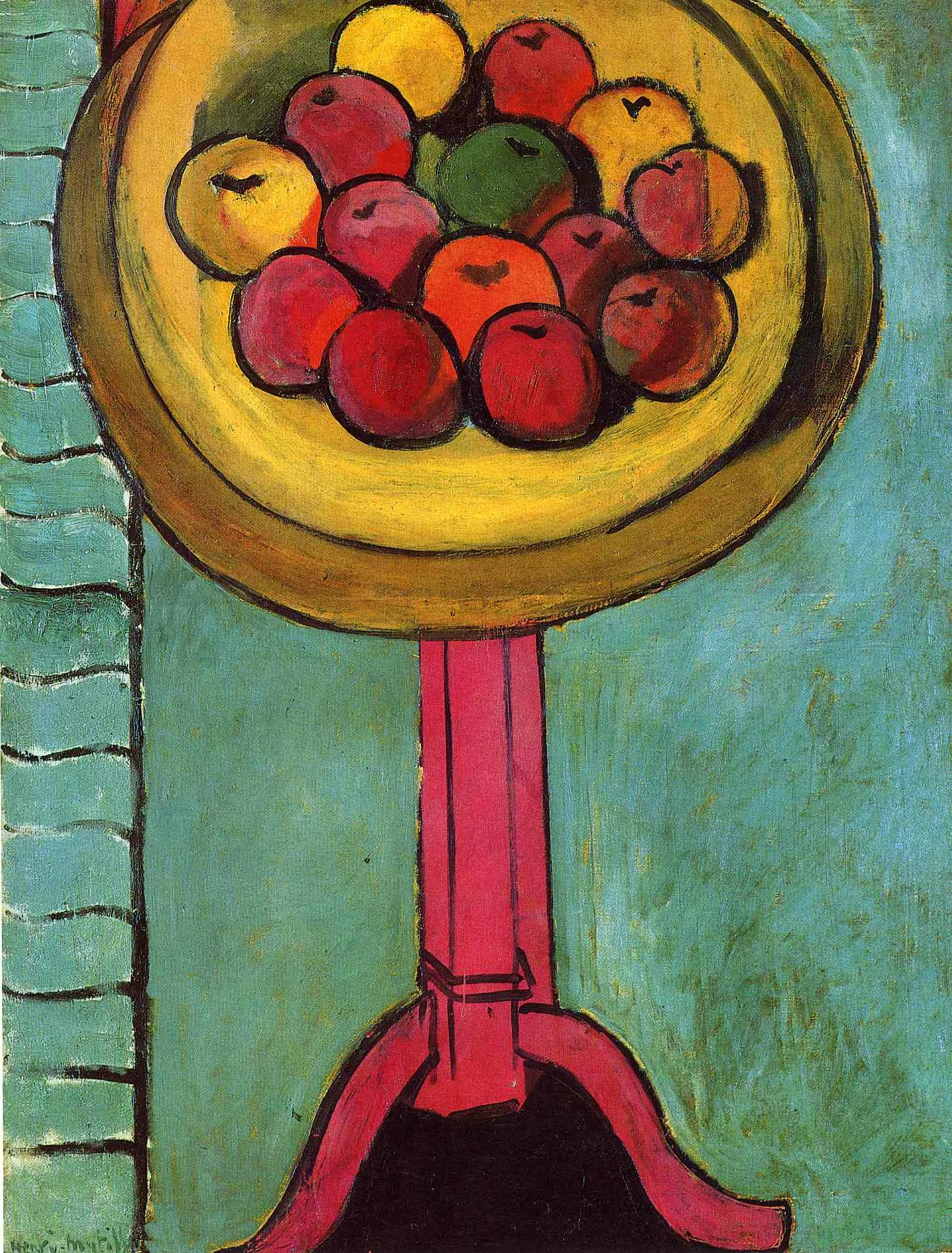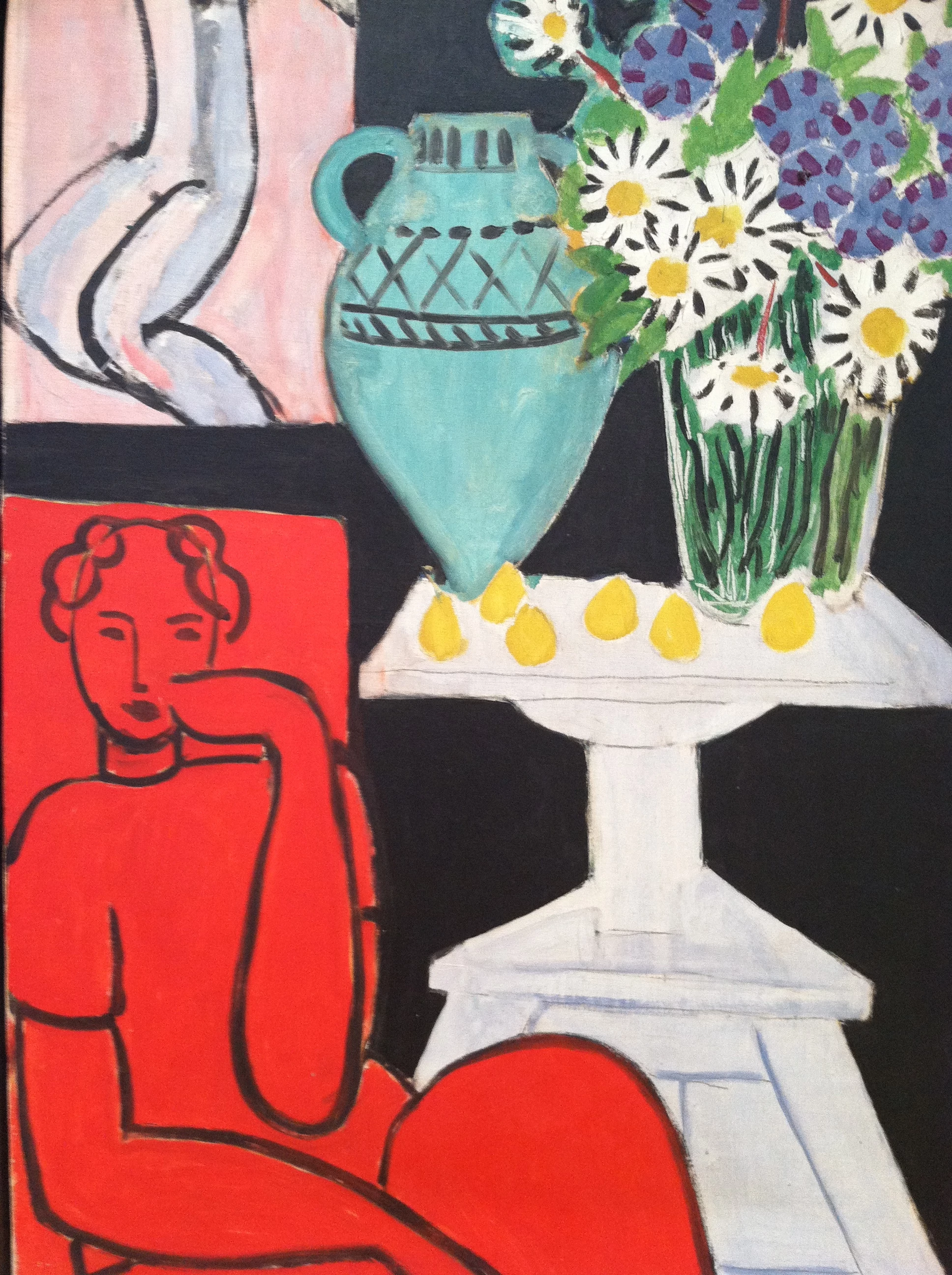Fauvist artwork is instantly recognizable. Bold, bright, unnatural colors block out the subject in big fatty brushstrokes. It’s so colorful it’s hard to look at. It’s unapologetic and childlike. The phrase avant-garde has been overused, but here’s what it’s supposed to mean: something so fiercely, intensely new it makes you uncomfortable. The Fauves, a name meaning wild beasts in French, were the first avant-garde movement of the Modern Era. They scared people.
But what does it take to create an Avant-garde movement? For artists to develop revolutionary work, they need three things: encouragement, inspiration, and outrage.
So we begin in 1890 with five young artists: Henri Matisse, Henri Manguin, Albert Marquet, Charles Camoin, and Georges Rouault. The young men were in their early 20s and they were lucky, because they were studying at the famous French art school École des Beaux-Arts, and their professor was the noted eccentric Gustave Moreau. Moreau was profoundly individualistic, and pushed his students to paint from the deepest part of themselves. Matisse later said of Moreau, “He did not set us on the right roads, but off the roads. He disturbed our complacency.”
Next, inspiration. In 1896, Matisse spent ten days with the impressionist John Peter Russell and was so shaken by the Australian artist’s use of bright color, he left saying he “couldn’t stand it any more". But bold color had gotten under Matisse’s skin, and he brought the experience back to his friends at the Beaux-Arts, where they began to experiment with what they called color structure—flat areas of bold color used to create mood.
At the same time, west of Paris in a small studio, the two friends André Derain and Maurice de Vlaminck were goofing around in a rented studio, writing pornographic novels and painting. It was a relaxed affair until 1901, when Vlaminck saw an exhibition of Vincent Van Gogh’s vivid post-impressionist artwork (it’s been suggested that Van Gogh was color blind, and that his own use of color would’ve shocked him). Vlaminck was electrified, and he and Derain got serious about painting, aggressively applying color straight from the tube.
The new movement was ready to explode. In 1905, Matisse visited Vlaminck and Derain’s studio and found kindred spirits. He invited the pair to join him and his tight-knit group of color-fiends in a veritable take-over of the Salon d'Automne, a world-famous art exhibition at the Grand Palais in Paris. The artists brought their boldest work, and splashed into the public scene.
Now for the outrage. Matisse was in the Salon, in the room where his paintings and his friends’ paintings were ringed around a renaissance statue, when the noted art critic and grouchy old man Louis Vauxcelles approached him. “Un Donatello parmi les fauves!” A Donatello among the wild beasts! exclaims Vauxcelles in horror at the shocking new style. The phrase so delighted Matisse that he adopted it, and the group, now official counterculture, became the wild beasts—Le Fauves.
Favism was a transitional style for most of the artists that showed their work in the infamous 1905 Salon. Matisse exploded in popularity and explored an enormous variety of styles and mediums, Andre Derain eventually returned to classicism and adopted a moody gothic style, and Vlaminck’s heavy outlines and dark colors influenced the development of Expressionism in Germany. But for a brief moment, a few inspired artists had given the art world a good hard shake, and created a scary, fun, wildly avant-garde movement.
...
Got questions, comments or corrections about Fauvism? Join the conversation in our Discord, and if you enjoy content like this, consider becoming a member for exclusive essays, downloadables, and discounts in the Obelisk Store.
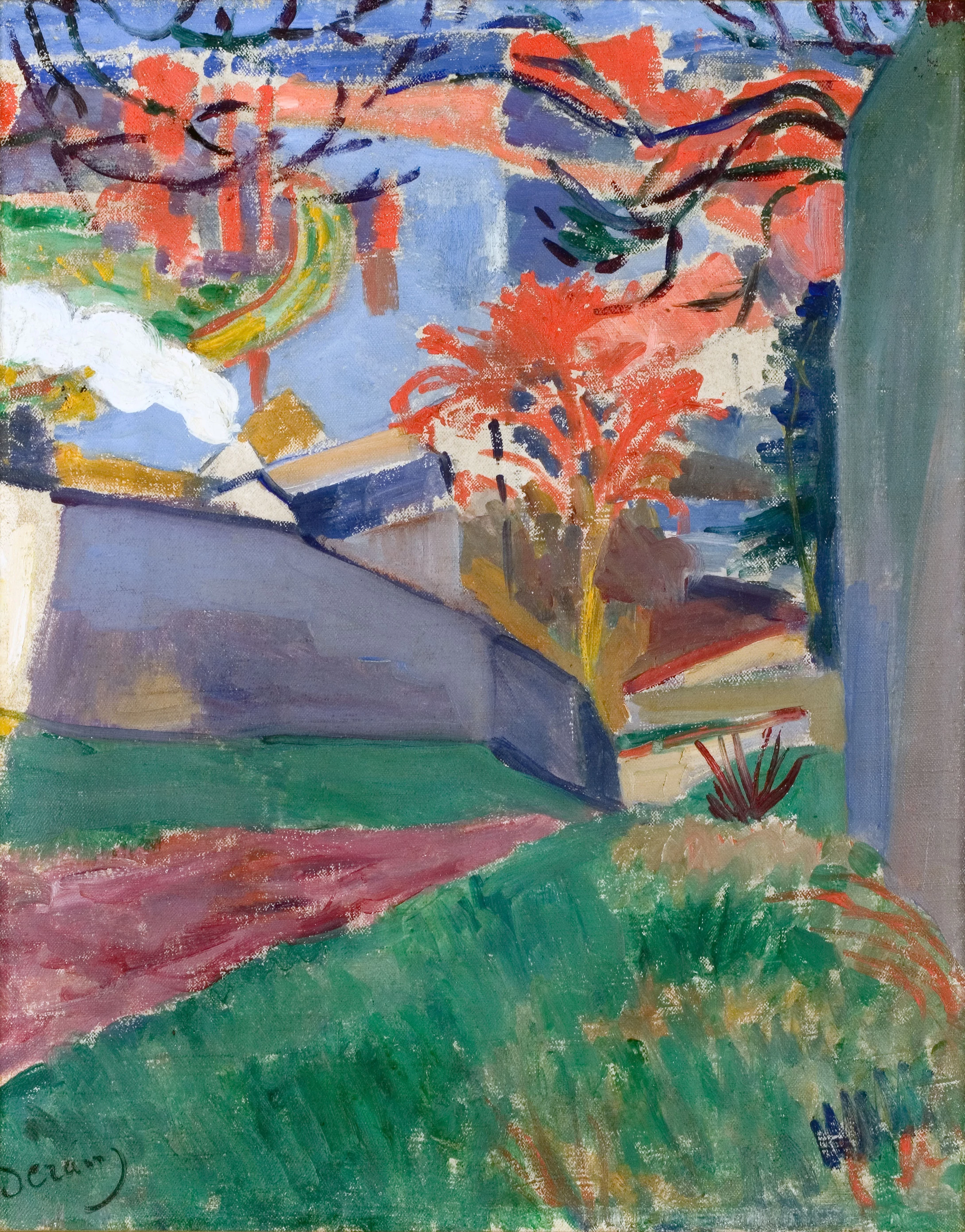
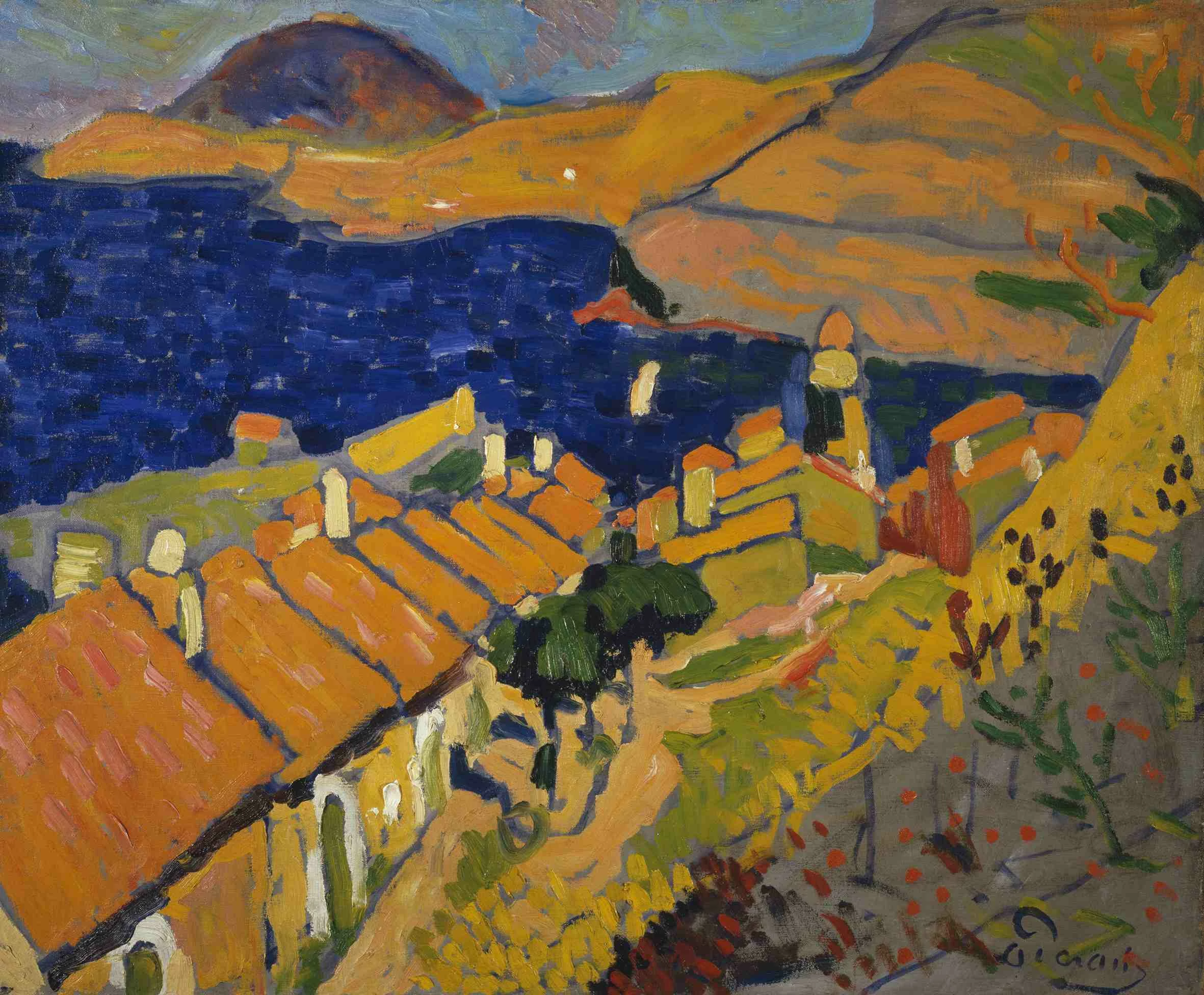
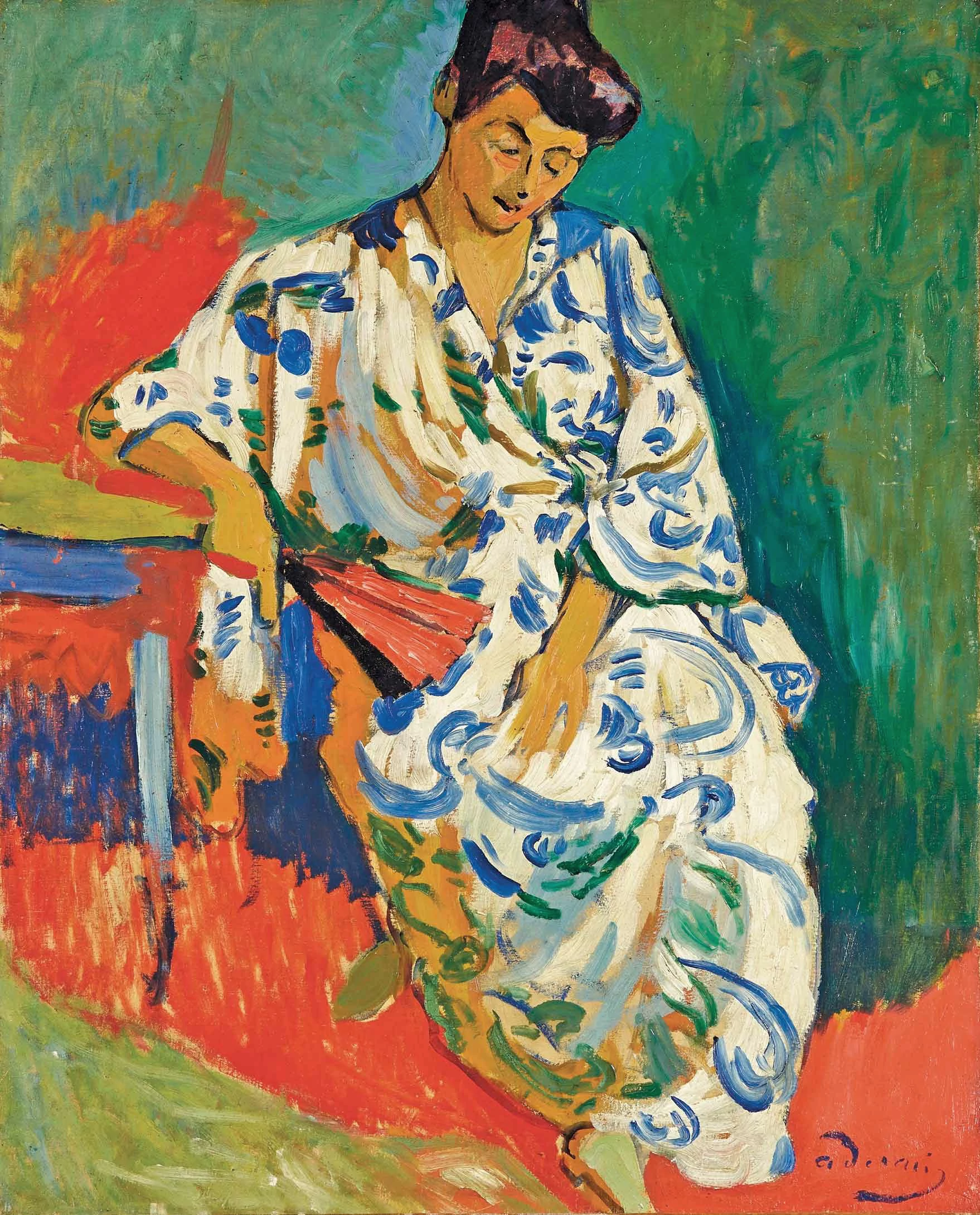
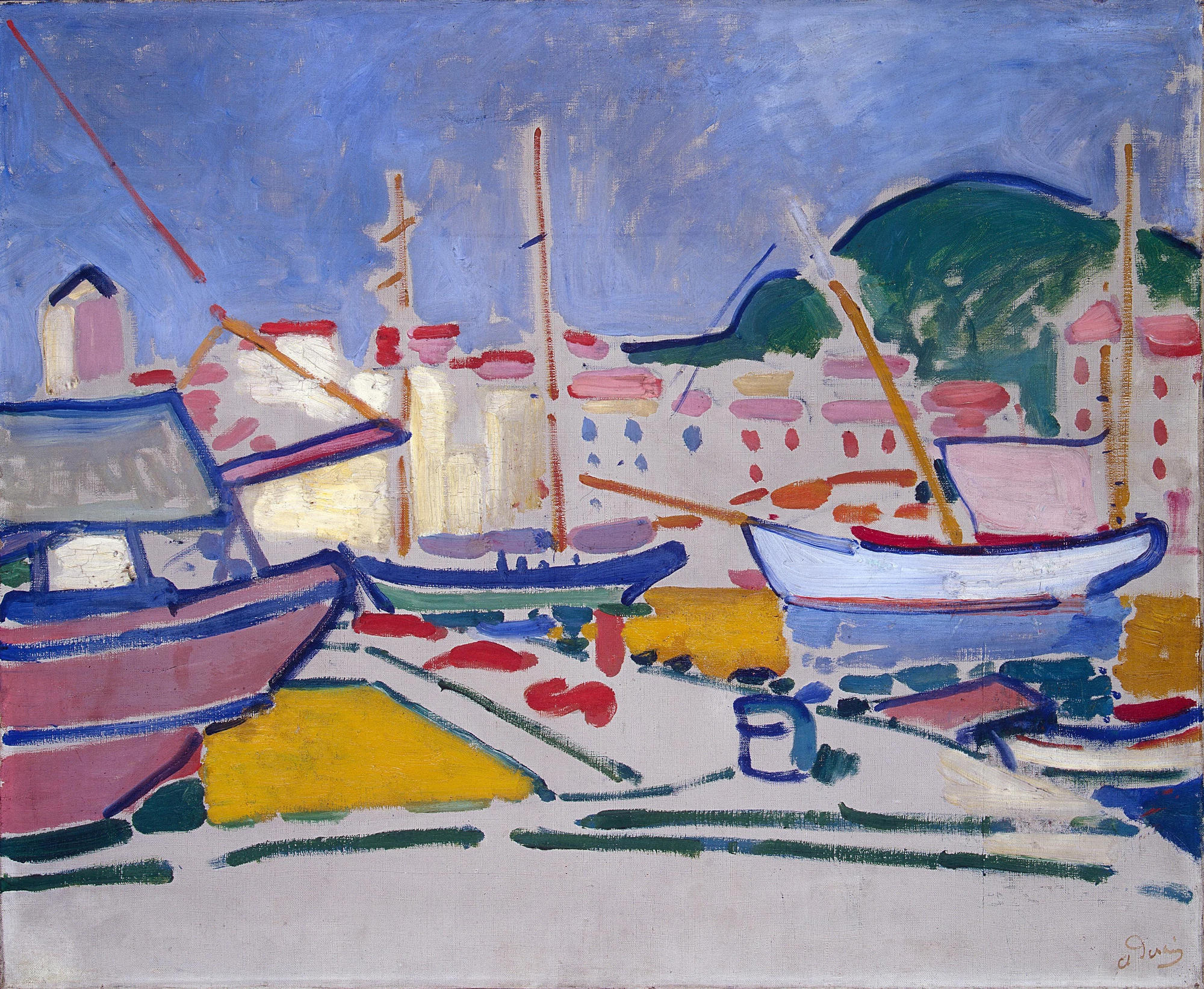

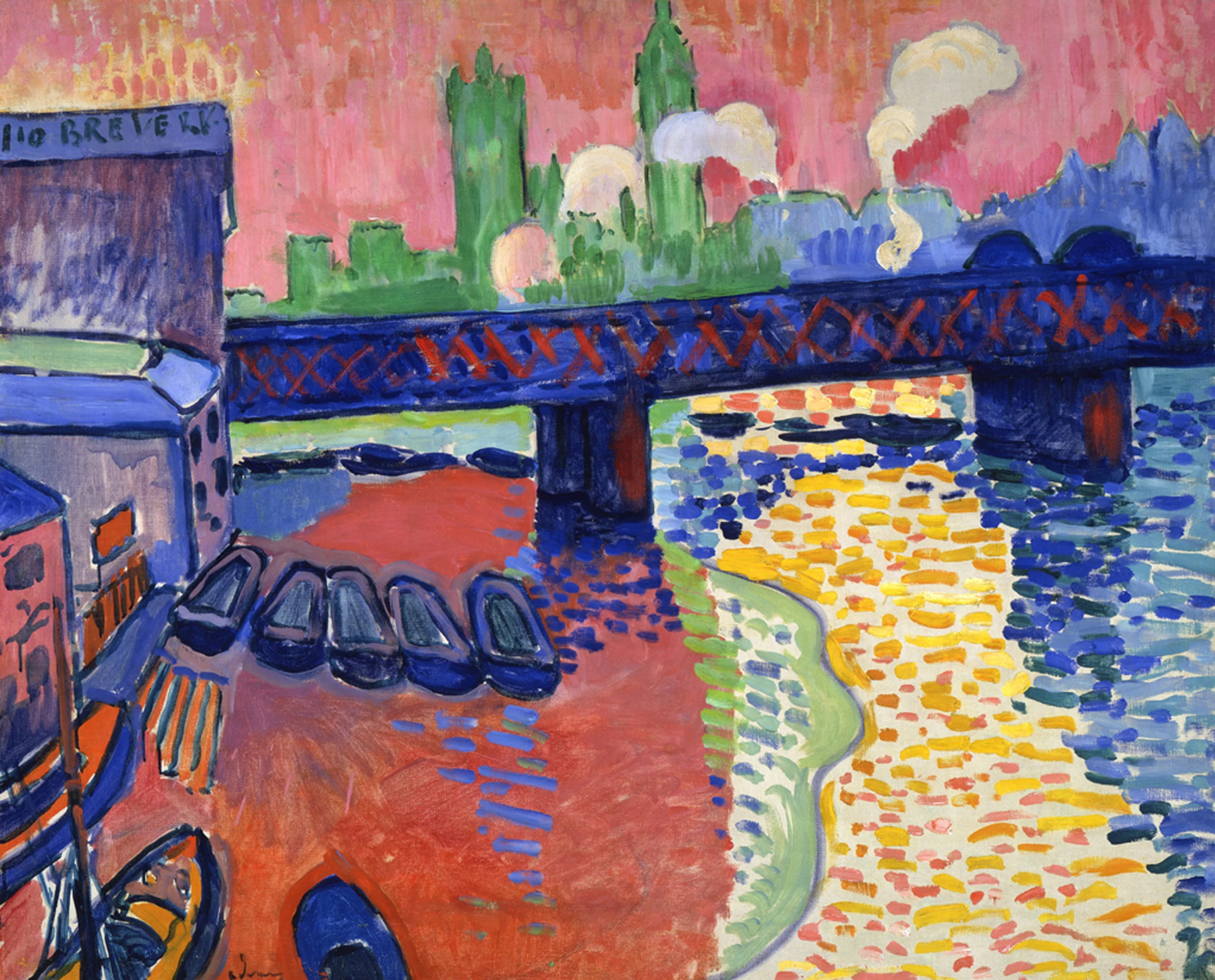
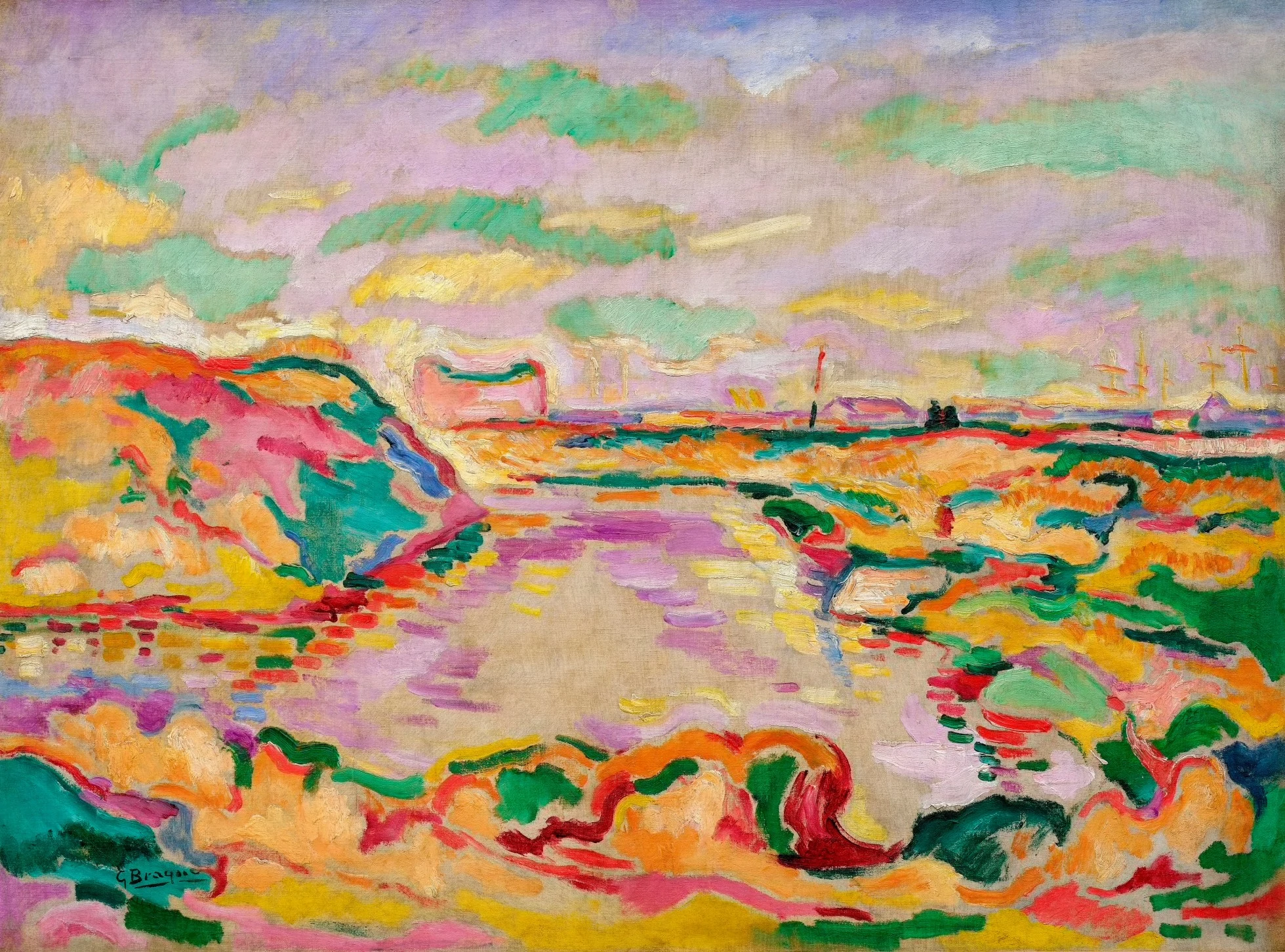

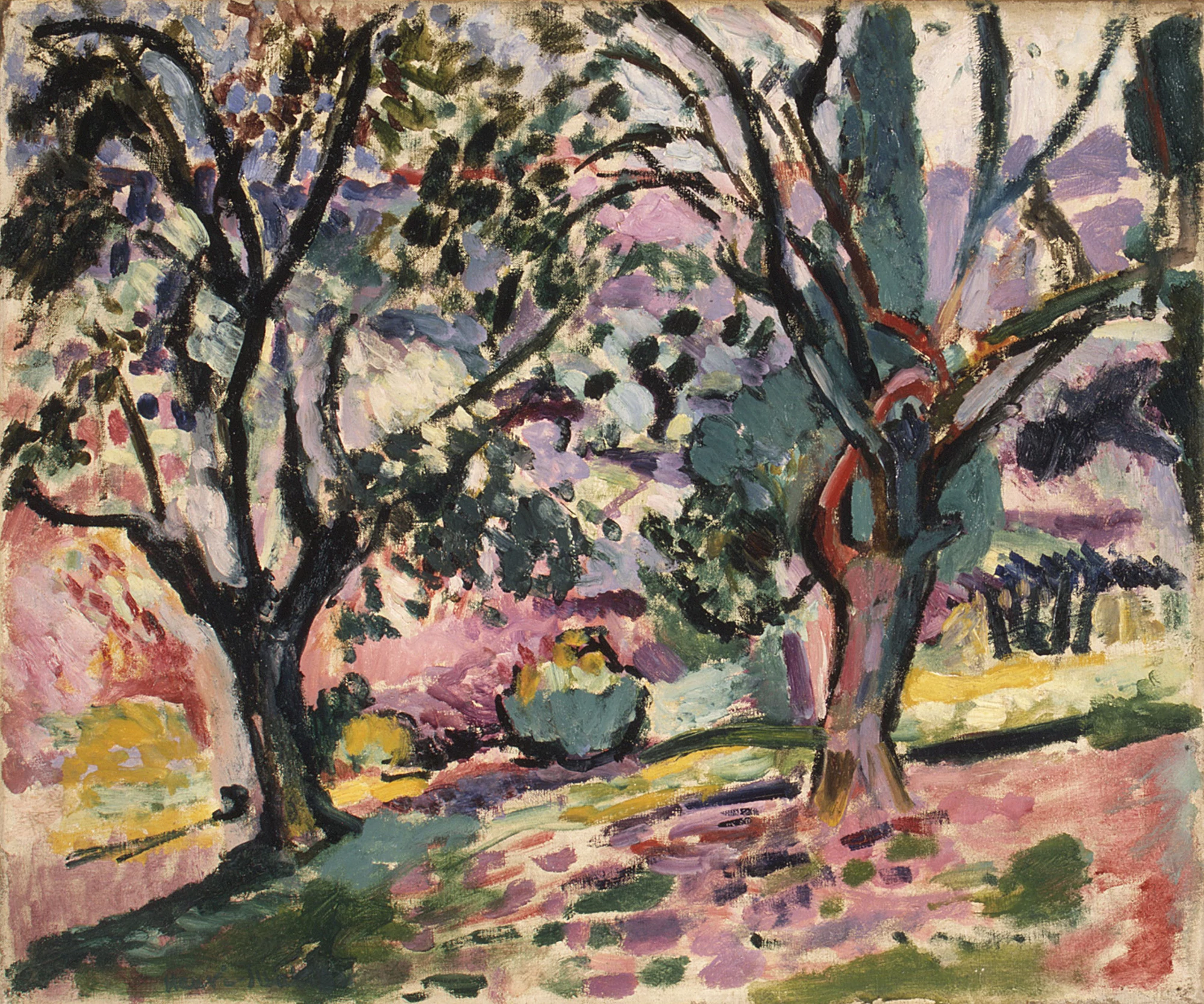
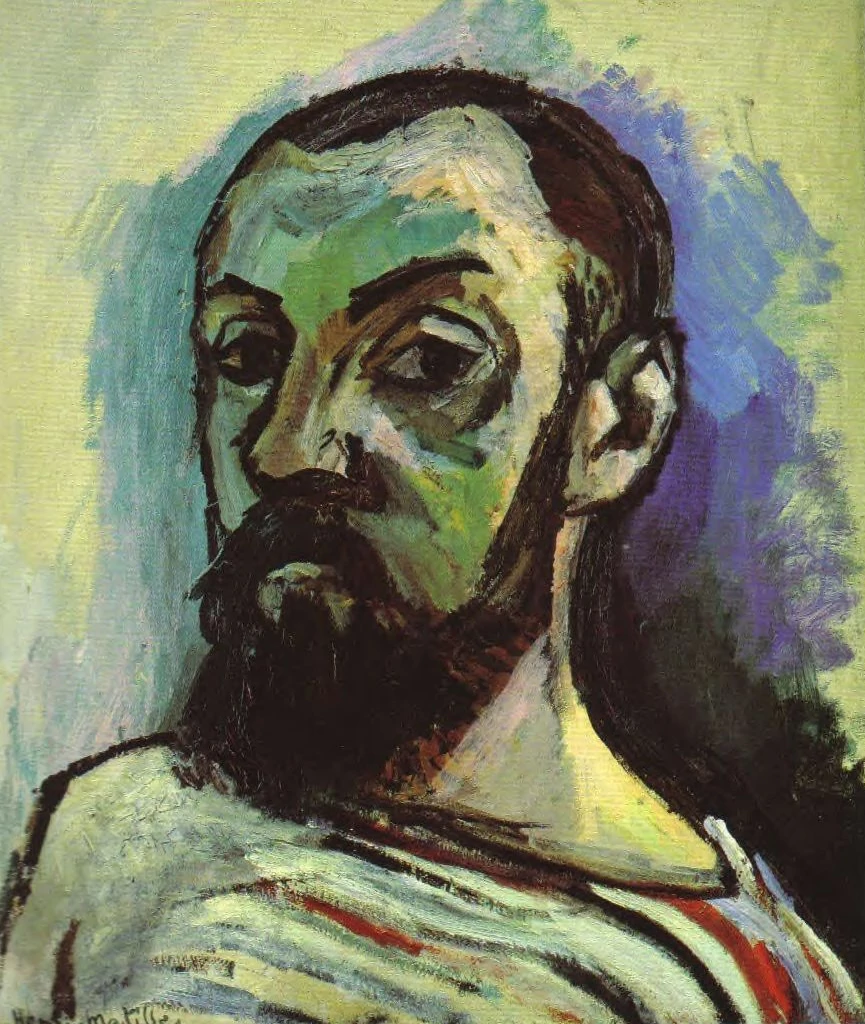
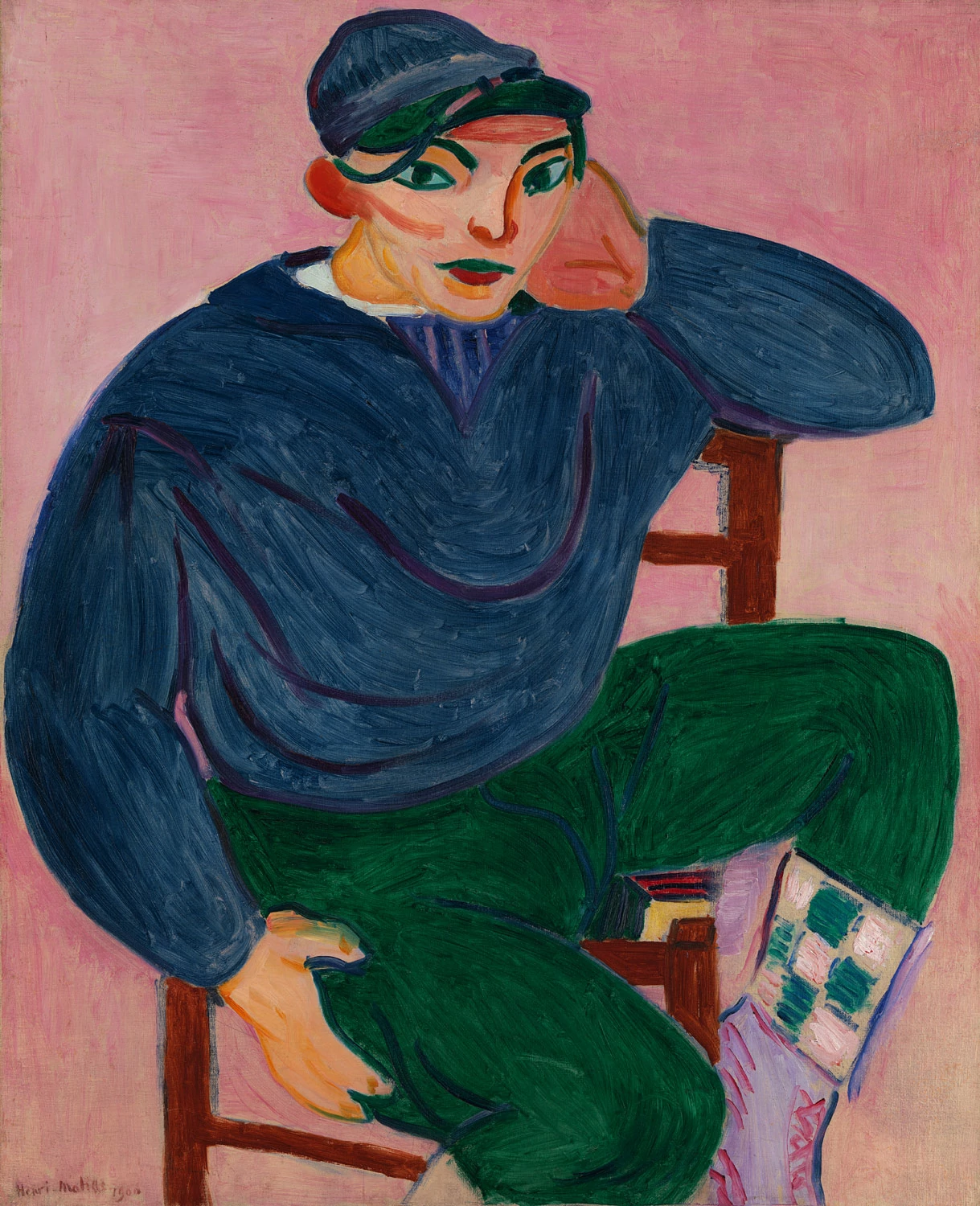



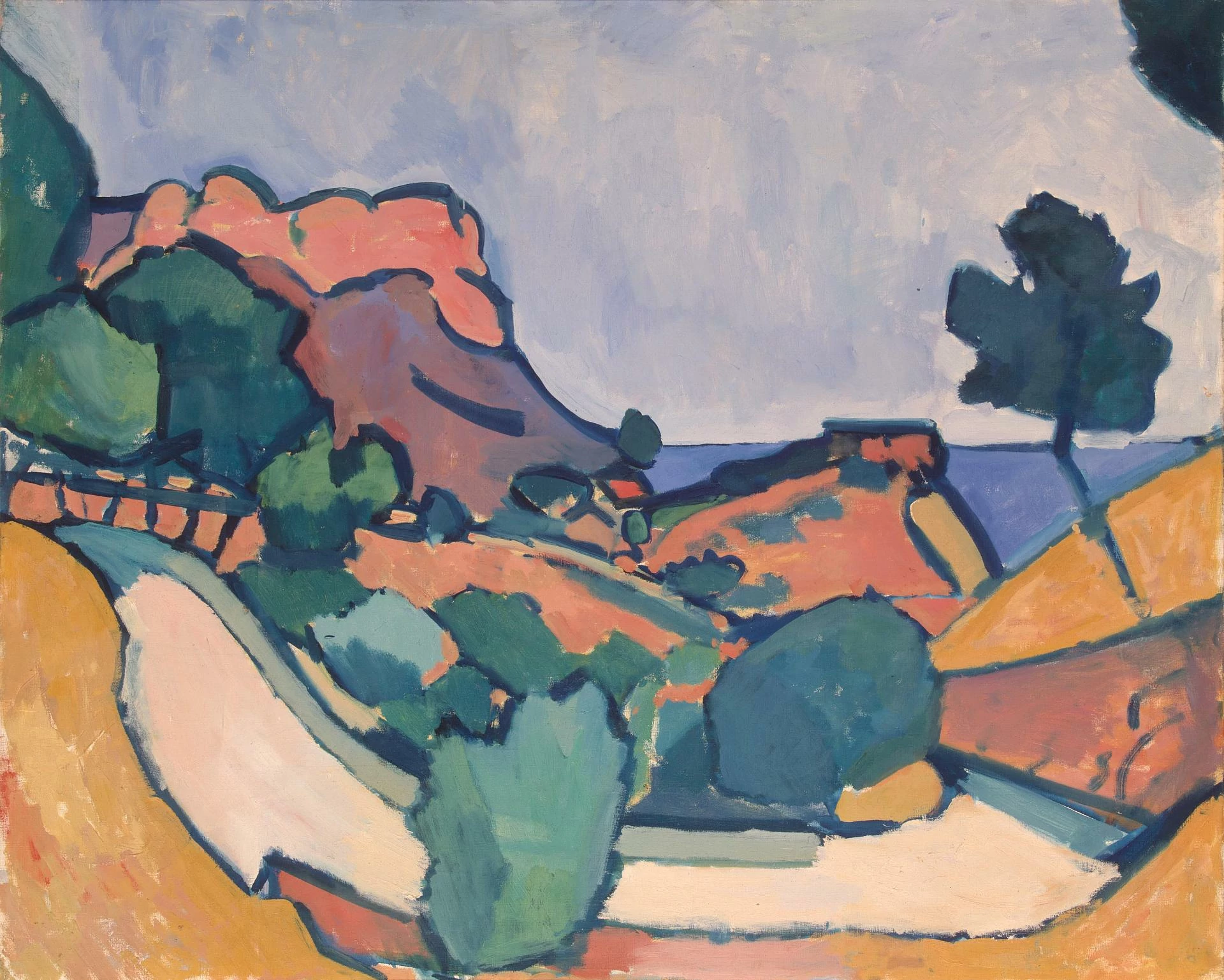
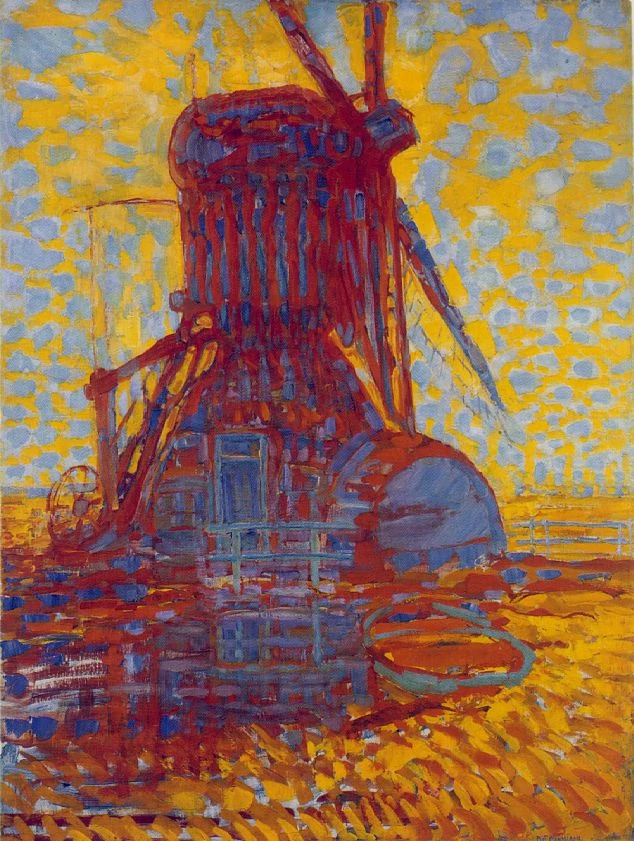
Expression, for me, does not reside in passions glowing in a human face or manifested by violent movement. The entire arrangement of my picture is expressive.
